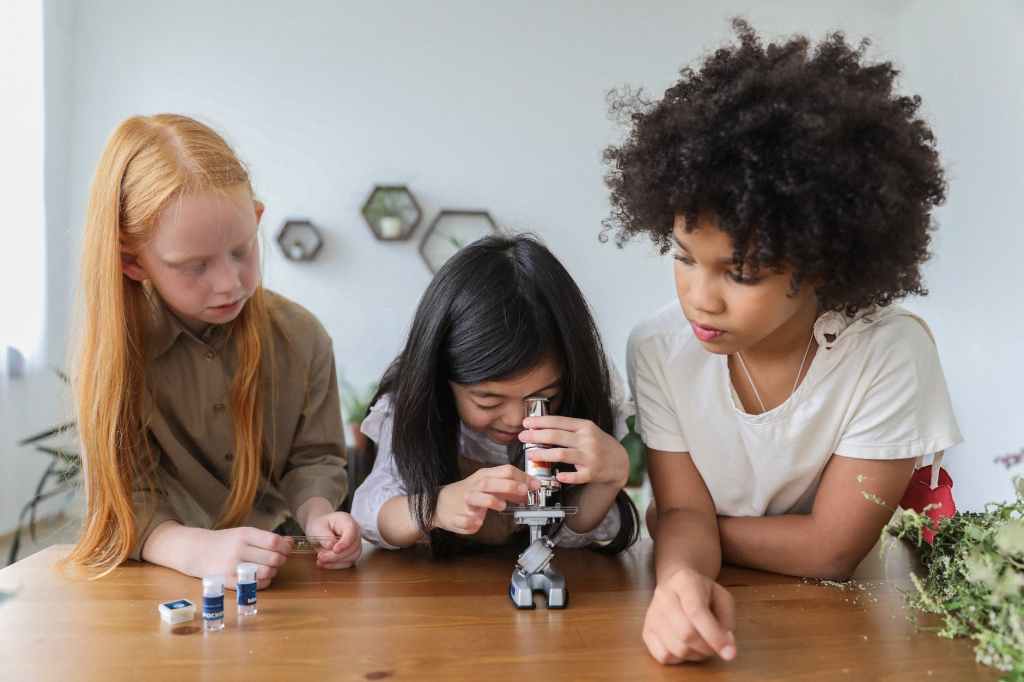Inquiry-based learning is a process where students engage in making real-world connections to content learning through high-level questioning. Asking questions, conducting research, and forming informed decisions are at the heart of inquiry-based learning and the result is a deeper understanding of the content through direct engagement with it. It is a constructivist model as students are at the center of creating meaning, or making sense of the world around them.
Wilson & Conyers (2020) described four research-based teaching methods that help develop brain connections. The first is novelty which means that we need to keep the learning experiences of our students fresh by using a variety of instructional strategies, such as grouping techniques, presentations, simulations, etc. And let’s not forget to vary our assessments and include things other than paper-and-pencil tests! The second method is to have challenging learning goals but making sure they are attainable. Wilson & Conyers (2020) used the analogy of muscle growth requiring the challenge of lifting heavier weights. Our brain also needs a challenge in order to strengthen its existing pathways or form new ones. Third, we need to give our students a chance to practice their newly learned skills, focusing on areas that they have not mastered. Fourth, we must provide individualized, timely and actionable feedback to our students on their progress. (For more on this type of feedback, please see my blog posts Dialoguing with Students For Feedback Part I and Part II.)
These four methods, novelty, challenge, practice and feedback, are integral parts of inquiry-based learning. The inquiry itself is a novelty as it offers a fresh (and fun!) learning experience. The teacher designs the inquiry in a way that is challenging, but achievable for their students. While conducting the inquiry students become mini historians, scientists, writers, musicians and ‘do the work’ of these experts. Students investigate the initial inquiry question, discover answers, explore options and sometimes repeat the process again until they arrive at their answer. This iterative process of the inquiry allows students to practice the skills of these experts. The role of the teacher is to guide the students through this process and formative feedback is an essential part of this.
Through inquiry-based learning our students transfer the skills of finding solutions to problems, thinking flexibly, listening and persisting in their everyday lives. They develop these growth mindset characteristics through engagement in inquiry-based learning,
References:
Coffman, T. (2017). Inquiry-Based Learning (3rd ed.). Rowman & Littlefield Publishing Group.
Wilson, D., & Conyers, M. (2020). Developing Growth Mindsets. Association of Supervision and Curriculum Development (ASCD).

